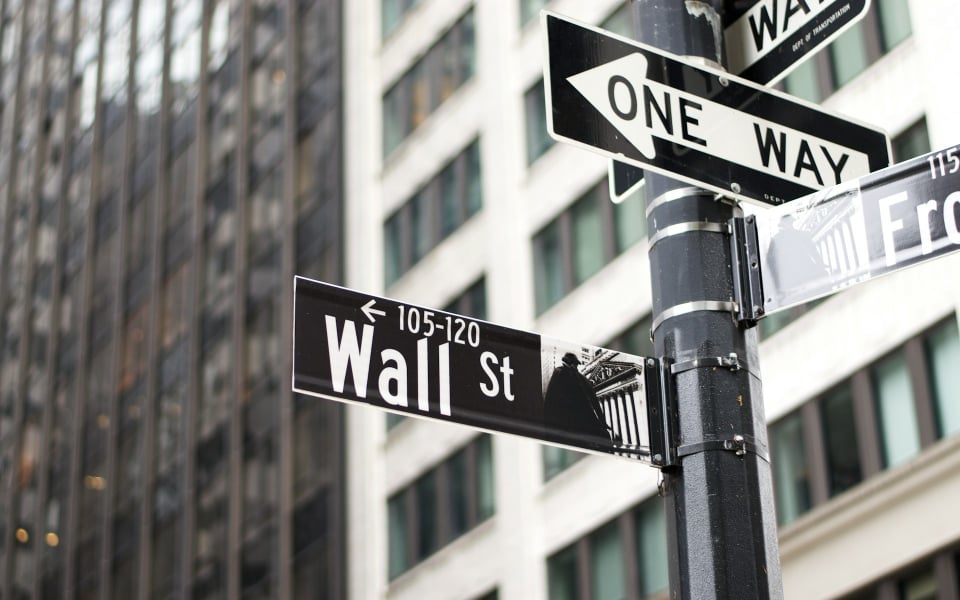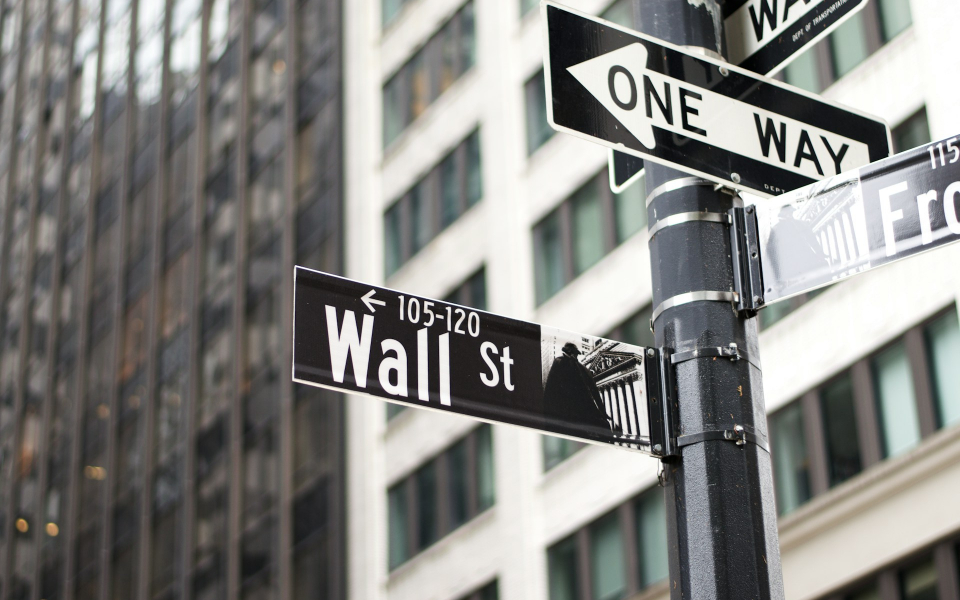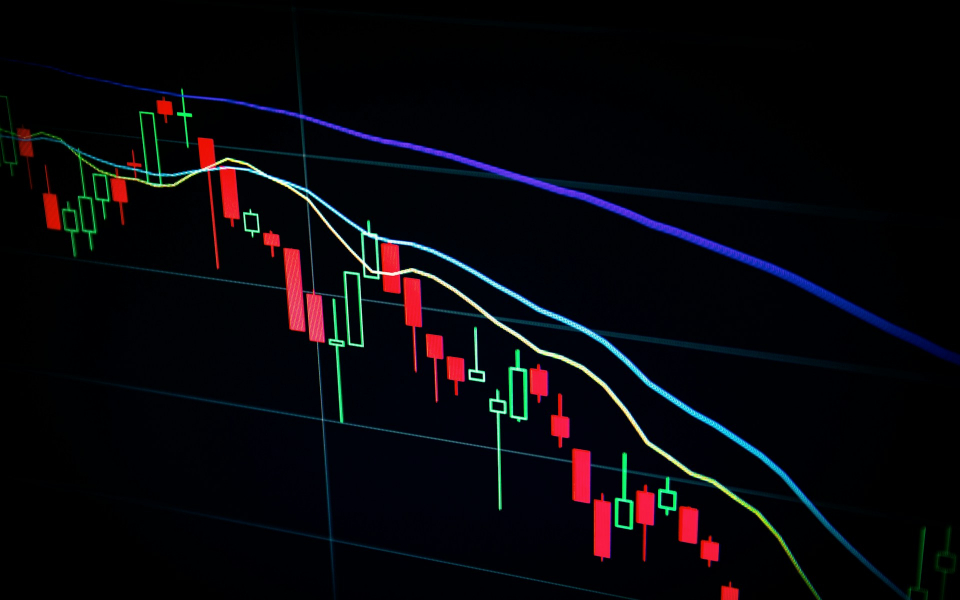Have you noticed how slow February has been so far? Did you know that the markets are typically pretty quiet in February? If we look back through the history of the Dow Industrial Average over the last 100 years, the average percent change during this month is only 0.14%. During the same 100 years, the Dow showed a positive return 55% of the time. Over the last 20 years, the Dow returned an average of -0.24% and was positive 60% of the time. Over the last century, February is listed as the second-slowest month in percentage return terms. May is the slowest.
The S&P 500 isn't any better. Looking back all the way to 1928, the S&P 500 has averaged a return of -0.03% in the month of February. In the last 50 years, it's only slightly better with a return of only 0.14%.
If we pretend that one is going to invest $100 in one month each and every year to the S&P 500, and we were going to use history as our guide, over the last 50 years February would have yielded a total of only 6%. Not 6% a year...6% total. 50 years of investing in February would have only returned 6%. Needless to say with inflation, you would not be very happy.
If we could only choose one month to invest in for the long term, it certainly wouldn't be February. So, which is the best month and only month to invest in?
The good news is that every month but one would have yielded at least a positive return. September would have resulted in a loss of nearly 50% of your total investment, so we certainly want to skip that month.
December is usually the best month to invest if you could only choose one month. Investing in the S&P 500 only in December would have yielded a return of 90%. If you take out this last December, which was an anomaly, you would have a return of over 100%. April comes in a close second with returns of 80%.



















